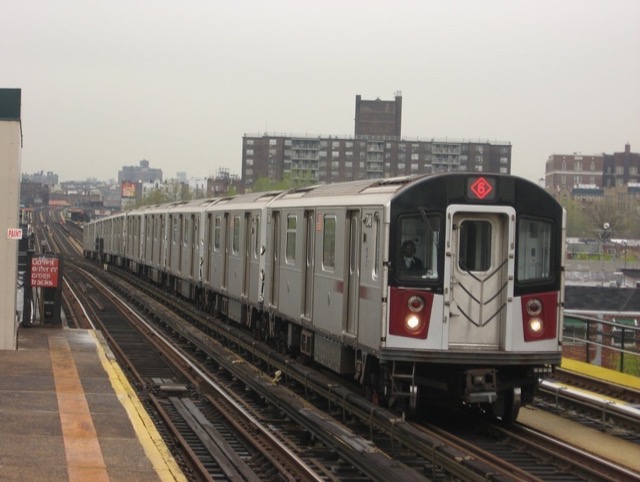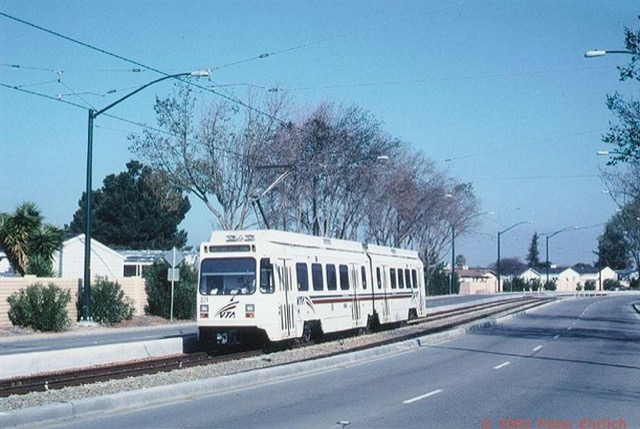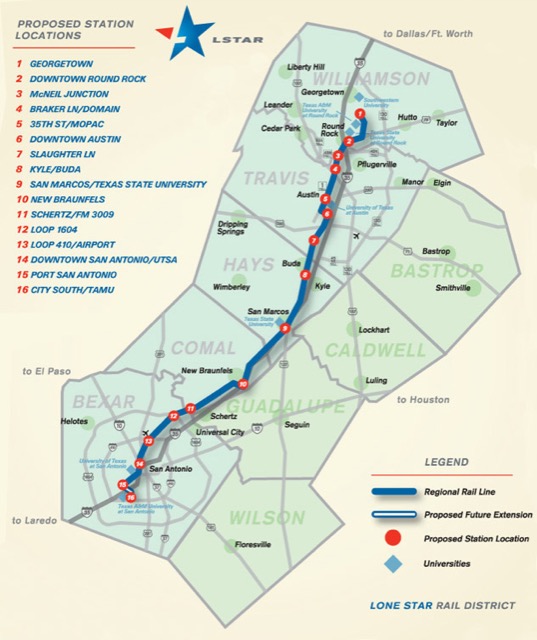Donald Trump leads in the polls with 23 percent of Iowa Republicans, while Rand Paul, the most libertarian candidate of the bunch, scores a measly 4 percent. Perhaps the “libertarian moment” is already over.
The Antiplanner won’t comment on many of the things candidate Trump has said, other than they are often ridiculous. But one thing said about Trump is that he would make a better president because he is a businessman, not a professional politician. People apparently imagine that Trump’s business experience would make him a better guardian of taxpayer dollars.
In fact, there’s no reason to expect that. People who think business people would make good political leaders are confusing business with economics. Economists ask, “are the benefits greater than the costs?” and “who benefits and who pays?” Business people don’t ask these questions; they only ask, “can we generate revenues greater than costs?”












